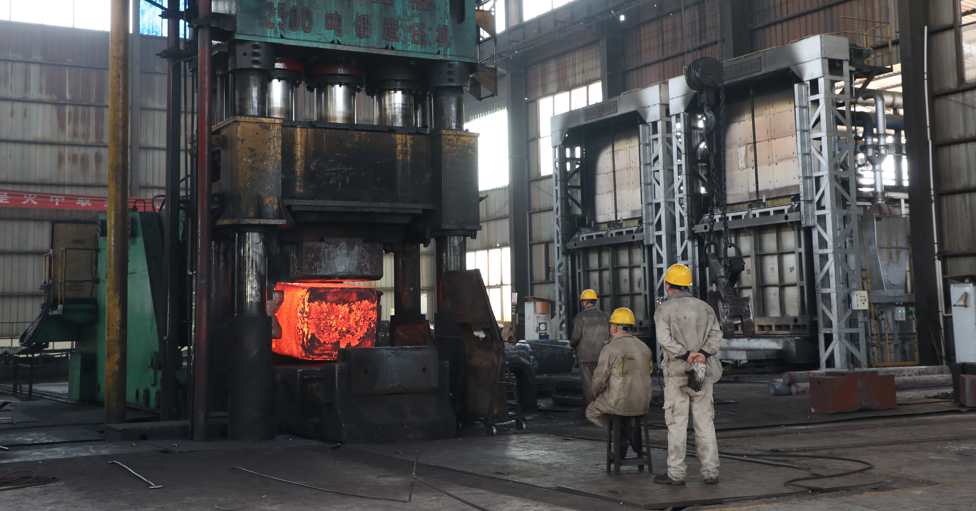The COVID-19 has had a huge impact on the global economy and industrial chain, and all industries are rethinking and adjusting their own development strategies. The forging industry, as an important manufacturing sector, is also facing many challenges and changes after the epidemic. This article will discuss the changes that the forging industry needs to make after the COVID-19 from three aspects.
1、 Supply chain restructuring
The COVID-19 has exposed the vulnerability of the existing supply chain, including raw material supply, logistics and transportation. Many countries have shut down due to lockdown measures, putting great pressure on global supply chains. This has made forging enterprises realize the need to optimize the supply chain structure, reduce single dependence, and establish a more flexible and resilient supply network.
Firstly, forging enterprises need to optimize their cooperation with suppliers and establish a stable and reliable supply network. At the same time, actively developing diversified supply channels to reduce dependence on a particular region or country. In addition, through the application of digital technology, the visibility and transparency of the supply chain can be improved, and real-time monitoring and early warning of the supply chain can be achieved to reduce potential risks.
2、 Digital transformation
During the epidemic, many industries have accelerated the pace of digital transformation, and the forging industry is no exception. Digital technology plays an important role in improving production efficiency, quality management, and product innovation. Therefore, forging enterprises need to take active measures to promote digital transformation.
Firstly, introduce the concept of industrial internet and build intelligent manufacturing systems. Through technologies such as the Internet of Things, big data analysis, and artificial intelligence, the automation and intelligence of the production process can be achieved, improving production efficiency and quality stability.
Secondly, strengthen communication and cooperation with customers. By establishing an online platform, remote communication and collaboration with customers can be achieved, improving order response speed and customer satisfaction.
Finally, using virtual simulation technology for product design and testing can shorten the product development cycle and reduce trial and error costs.
3、 Pay attention to employee safety and health
The outbreak of the epidemic has made people more concerned about the safety and health of employees. As a labor-intensive industry, forging enterprises need to strengthen employee safety protection and health management.
Firstly, strengthen employee health monitoring, implement regular physical examinations and health assessments, and promptly identify and address potential risks.
Secondly, improve the working environment, provide good ventilation equipment and personal protective equipment, and strengthen occupational disease prevention and management.
Finally, strengthen employee training and education to enhance their awareness and self-protection ability towards epidemic prevention and control.
Conclusion:
The COVID-19 has brought great changes to the global economy, and the forging industry has to face various challenges. Through supply chain restructuring, digital transformation, and attention to employee safety
Post time: Jan-03-2024





